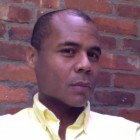CA+T Interview with Laura Swanson
Interview via Email
October 14, 2014
Rachel Ishikawa, CA+T Interviewer
Laura Swanson, Artist
Rachel Ishikawa: When did art begin for you?
Laura Swanson: Growing up in Minnesota, my parents encouraged me and my siblings to have an interest in culture, particularly music and visual art. Having adopted seven children— four from orphanages in South Korea and three with physical disabilities— my mother especially wanted us to experience a full life without inhibition. So my childhood was filled with drawing, watching films and musicals, visiting local cultural institutions, and percussion and piano lessons.
But I think art really began when I decided to attend the San Francisco Art Institute (SFAI). Prior to attending art school, I worked for several technology companies. By my mid-twenties I was burnt out and going through a depression because my job felt meaningless. During that time I met an artist who was impressed with my photographs. To me, they were nothing special, just photos of stuff in everyday life. But with nothing to lose, I decided to apply to SFAI, and to my surprise was accepted.
Even though my mother raised me to believe I had the right to do anything I wanted despite my physical difference, she did not explain why there was inequality or injustice. (I think, in an effort to protect me.) SFAI, through its curriculum of studio art balanced with critical theory, taught me how to question injustice and provided me with an understanding that my experience was not an aberration and had a position alongside many others in history. Borrowing from the visuals I was surrounded by as a child, my first series of photographs, Sitcoms & Romcoms, critically examines the ways in which popular culture instills mainstream notions of “normal life” and marginalizes those who don’t fit in with that construct.
RI: What is your creative process when you approach a new piece? Do you return to certain sources of inspiration?
LS: Typically, I begin with a visual I am either attracted to or fascinated by in culture. Sitcoms & Romcoms explores the repetitive tropes in popular culture. Alley looks at the long shot of an embrace in the street found at the end of Lost in Translation [2003] or on the album cover The Freewheelin’ Bob Dylan. Pig and Café appropriates the sort of corny banality of relationships found in promotional stills for TV sitcoms like Friends and movies like While You Were Sleeping and Knocked Up.
I am also influenced by the visual tactics used by the advertising and retail industries. Whether in magazine ads, catalogs, or store windows, I’m particularly fascinated by the way objects become fetishized through commercial display in an effort to entice the consumer to identify with or desire to own them. This strategy is disrupted in the installation works, TOGETHER together and Display, to critique the behavior of gazing at physically different bodies, as if they were objects on display.
The films of Wes Anderson and Jacques Tati have inspired stylistic choices and also shown me how narrative can be embedded in a work. There’s something compelling about the relationship between Anderson’s OCD-like perfectionism with visuals and the sadness of his stories. Tati, who influenced Anderson, focused more on slapstick elements—such as the absurdity of the human body in relation to modern objects and structures— to express his concerns with the growth of modernity and consumerism and the disappearance of humanity. Similar to Anderson and Tati, I want to use visuals that are inviting and playful to draw the viewer into thinking about complicated subject matter, like the way people with physical differences and disabilities have been misrepresented or marginalized in culture and society.
Last, but not least, I am inspired by the lives and writings of James Baldwin and Frantz Fanon. The psychological effects of being marginalized and/or oppressed is, perhaps, more traumatic than physical subjugation and this is something Baldwin and Fanon expressed through writing about their personal experiences and observations of others. Their writings helped me understand the significance of other experiences and empowered me to talk about my observations. Using the guise of fantastical products for the child, Chibi House, Fanon, and Homemade Bull provide resources for one to become intellectually liberated through critical theory.
RI: Several photographs from your Anti-Self-Portraits series are featured ion CA+T’s Hidden exhibition. In these series your face and body are concealed, obscuring your identity. You become a pillow, a t-shirt, foam floating in a bathtub. What does it mean to hide within one’s own body?
LS: Anti-Self-Portraits examines longing for agency and privacy. I wanted to depict a naïve, comic desperation: that this person is so tired of being looked at, she is grabbing whatever is close to camouflage her body, but not doing a very good job at it, kind of like an Ostrich sticking its head in the sand. At the same time, I wanted the photos to have a paradoxical feel. With the frontal, theatrical staging of the body, I wanted to convey that this person might not be such a desperate person, but actually a knowing person who is in control of how she is seen.
While hiding is a formal component of this work, I’d like to clarify that it’s not about shame or insecurities of the body. It’s about the psychological process of being looked at and looking at others. The act of not providing a face to stabilize identity looks at the desire to consume physical difference on a voyeuristic level. I believe the desire to “‘see”’ is even more intense when a “‘real’” image cannot be acquired. So, for me this series is about retaining agency, and it illustrates the separation of one’s subjectivity, as a human with a complex history, from the body as a visual object others can consume with their eyes.
RI: Space and location are clearly important components in the Anti-Self-Portraits series. Some of the photographs, which are set in bedrooms, a bath, and a shower, draw us into private spaces. How does intimacy play a role in this series?
LS: For Anti-Self-Portraits I wanted to create tension by showing the intimate spaces that allow the viewer to believe they are getting access to the “real” life of someone (like seeing them take a shower), while thwarting that expectation by blocking the identity of that someone. This idea of withholding access is also used in Homemade Bull, where the viewer is restricted from entering the bedroom (inside) and is only allowed to look at it through the bull’s nostrils.
I think there is a desire for some people to see the ‘“real”’ lives of people with physical differences or disabilities to find out how “normal” they are, e.g.[for example, that] this person takes showers, sleeps. Yet at the same time, to see how different they are: e.g. what their naked body looks like, if they need assistance with daily things like taking a shower, getting into bed, etc. If you look at reality television shows, this voyeuristic curiosity is satiated by an overabundance of programs that simply depict the banal daily activities of those who happen to be conspicuously different culturally, economically, or physically. While my work indirectly criticizes this type of exploitation, it is more about creating an awareness that the people, whose bodies have been objectified and exploited, have a subjectivity that cannot be violated. Subjectivity is such a sacred and powerful thing to possess.
RI: You cite Frantz Fanon in some of your artwork, including the aptly entitled “Fanon,” which features a life-sized doll that narrates The Wretched of the Earth [1961]. In Black Skin, White Masks [1952], Fanon writes, “O my body, make of me always a man who questions.” How do our bodies connect to intellectual liberation? How does this translate into your own work?
LS: “The Fact of Blackness” in Black Skin, White Masks transformed how I understood my alterity and allowed me to separate my body from my subjectivity. We have no control over the bodies we are born with. We have no control over how people will behave towards us because of the similarities or differences of our bodies. And while a lot of progress has been made since Fanon’s time, these are still issues people deal with on a daily basis. So what can one do to obtain agency when others won’t give it to them? Seek intellectual liberation.
One of the reasons I made “Fanon” was because I was dealing with dismissive, anti-intellectual attitudes from some of my peers and professors during graduate school. I experienced a lot of opposition to presentations I made about anti- and post-colonial critical theory and artists making work in response to social injustices. I was confronted with the post-racial, “Aren’t we over this?”, to the outright selfish, “I don’t care.” I figured if I wasn’t allowed to talk, I would make a surrogate that would do it for me, and so I made Fanon. So my body was removed, yet through Fanon I was able to express the things that not only intellectually liberated me, but influenced major national liberation movements over the past fifty years.
Lately, I’ve been thinking about the prison cell. While it is commonly thought of as punishment and an undesirable place to live, I think about the important and influential literary works that have been produced within prison cells, including “Civil Disobedience” by Henry David Thoreau, “Letter From a Birmingham Jail” by Martin Luther King Jr., and Long Walk to Freedom by Nelson Mandela. One of my favorite works is the letter James Baldwin wrote to Angela Davis while she was imprisoned. So while their bodies were imprisoned, their minds were not. In fact, their confinement enabled an even more intense resistance to injustice—from the things they wrote within their cells to the actions of those outside of prison. And even after they pass, their legacy continues to influence people to fight for social justice. James Baldwin said, “You read something which you thought only happened to you, and you discover that it happened 100 years ago to Dostoyevsky. This is a very great liberation for the suffering, struggling person, who always thinks that he is alone. This is why art is important. Art would not be important if life were not important, and life is important.”







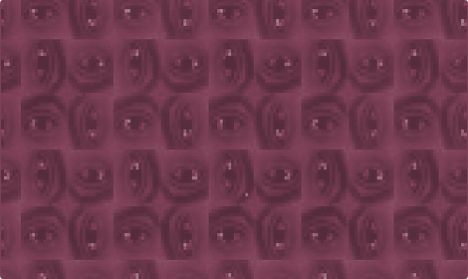

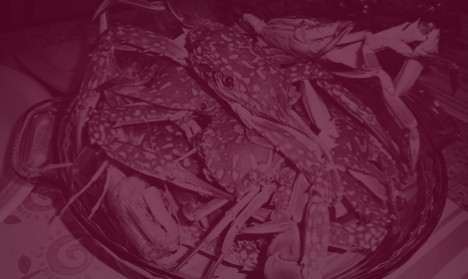




















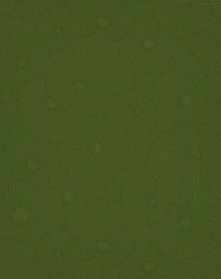


.jpg)




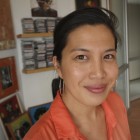

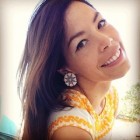

.jpg)
.jpg)
.jpg)

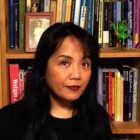


.jpg)



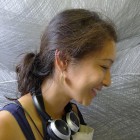

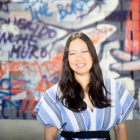


.jpg)


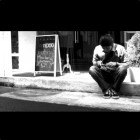

.jpg)

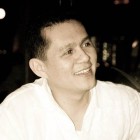
.jpg)




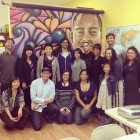

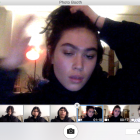
_Cropped.jpg)
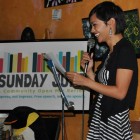
.jpg)
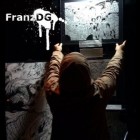





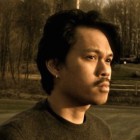
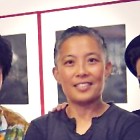
.jpg)
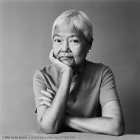
.jpg)


.jpg)
.jpg)
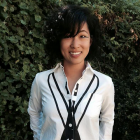


.jpg)


.jpg)




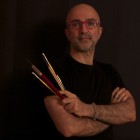

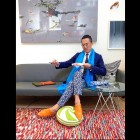
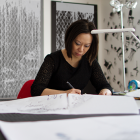
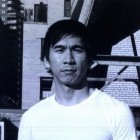
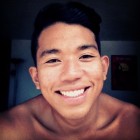

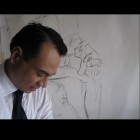

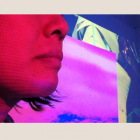
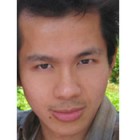


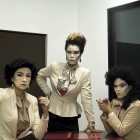
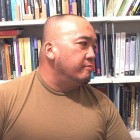
.jpg)
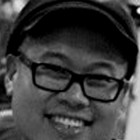



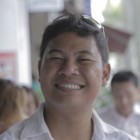

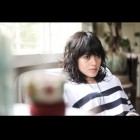
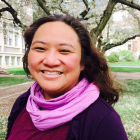




.png)





.jpg)

.jpg)
.jpg)


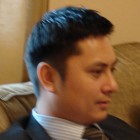
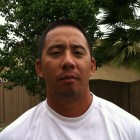
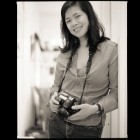
.jpg)
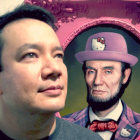
.jpg)
.jpg)



.jpg)
.jpg)
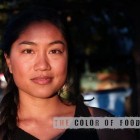

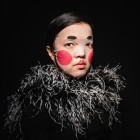
.jpg)
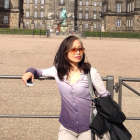
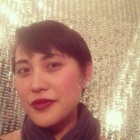

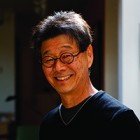


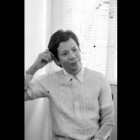
.jpg)




